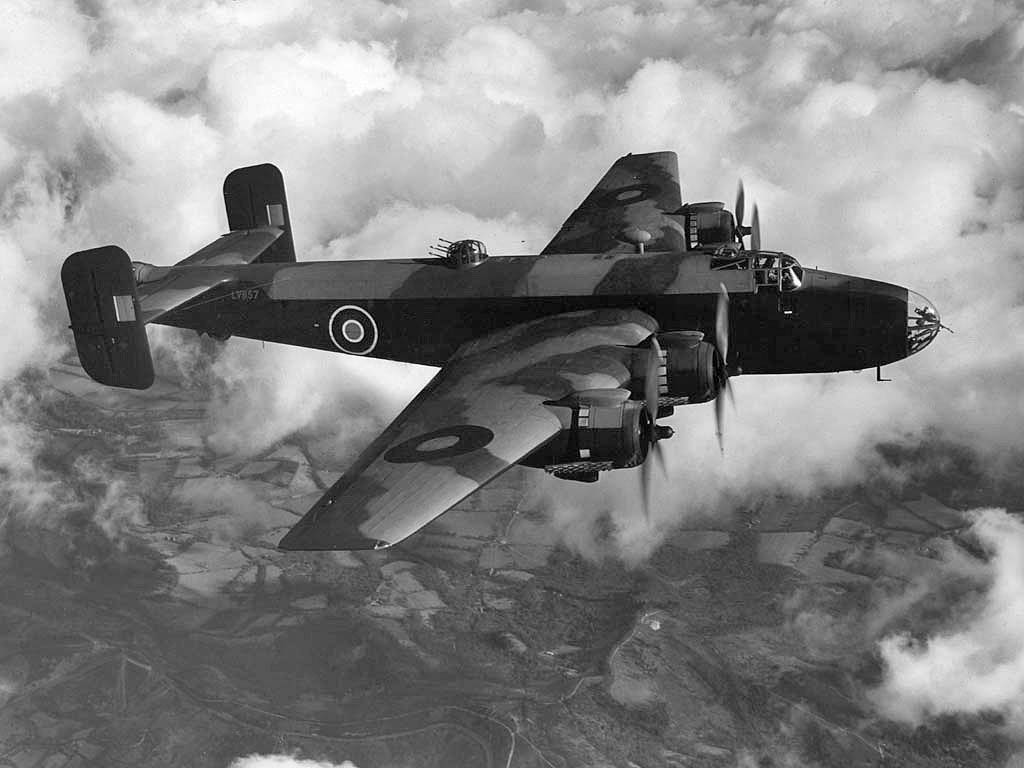A multinational crew is in the Baltic Sea off the coast of Trelleborg, Sweden, for the second week, retrieving bits of the RCAF Halifax bomber HR871 from 405 squadron, a piece of Canadian military aviation history.
On a bombing mission in 1943 at Hamburg, a Royal Canadian Air Force Halifax bomber with a crew of seven was struck by lightning. Alwin Phillips, the pilot, headed to Sweden for safety. The crew bailed out of the bomber, which was flying over the Baltic Sea on only two of its four engines. The bomber flew on in use until it collided with the Baltic Sea fifteen kilometres off the Swedish coast, sinking into twenty metres of brackish (slightly salty) water. Although three engines and minor pieces of the airplane remain above the sand on the seafloor, it has been swamped and covered by sand since then. The crew survived and returned to the UK after being interned for several months.
A diving group from Lund University’s “Havsresan-Sea Journey” uncovered the location. Halifax 57 Rescue and the Bomber Command Museum of Canada are collaborating to excavate the bomber, bring it to the surface, and transfer it back to Canada for restoration and display at the museum. The Swedish government has agreed to allow the recovery of this Canadian aircraft and its return to Canada at the request of the Canadian Department of National Defense. Karl Kjarsgaard, the project manager in charge of the dive team tasked with rescuing fragments of Canada’s military heritage, has been working on the project for years. His ambition is to collect items from the Halifax as well as artefacts from the Nanton Museum to show alongside the Lancaster. (The Lancaster was a heavy bomber used by the British during WWII)
The Halifax was developed in response to the British Air Ministry’s Specification P.13/36 for a powerful medium bomber for “world-wide employment,” which was issued in the late 1930s. The Halifax made its first flight on October 25, 1939, and entered service with the Royal Air Force on November 13, 1940. It swiftly rose to prominence in Bomber Command, carrying out frequent strategic bombing operations against the Axis Powers, many of which took place at night.
Halifax’s conducted 82,773 missions and dropped 224,207 tons of bombs, with 1,833 aircraft lost in the process. Other Allied and Commonwealth nations, such as the Royal Canadian Air Force (RCAF), Royal Australian Air Force (RAAF), Free French Air Force, and Polish forces, also flew the Halifax in great numbers. At 17,500 feet, each engine drove a Rotol-built compressed wood constant-speed propeller, allowing the Halifax B.I to reach a top speed of 265 mph. It had a range of 1,860 miles with a normal payload of 5,800 lbs of bombs and 2,242 imp. gal. of gasoline. Power-assisted gun turrets in various locations across the aircraft were among the defensive weaponry.
The Halifax was used by the Royal Egyptian Air Force, the French Air Force, and the Royal Pakistan Air Force in the postwar years. For a time, the type was also used in commercial service, mostly as a freighter. The Handley Page Halton, a dedicated civil transport derivative, was also constructed and entered airline service.
During the Berlin Airlift, 41 civil Halifax freighters were utilized. The last remaining Halifax bombers were decommissioned from active service in 1961.
The $52,000 recovery project is mostly supported by private donations and was expected to be completed on August 15th.





